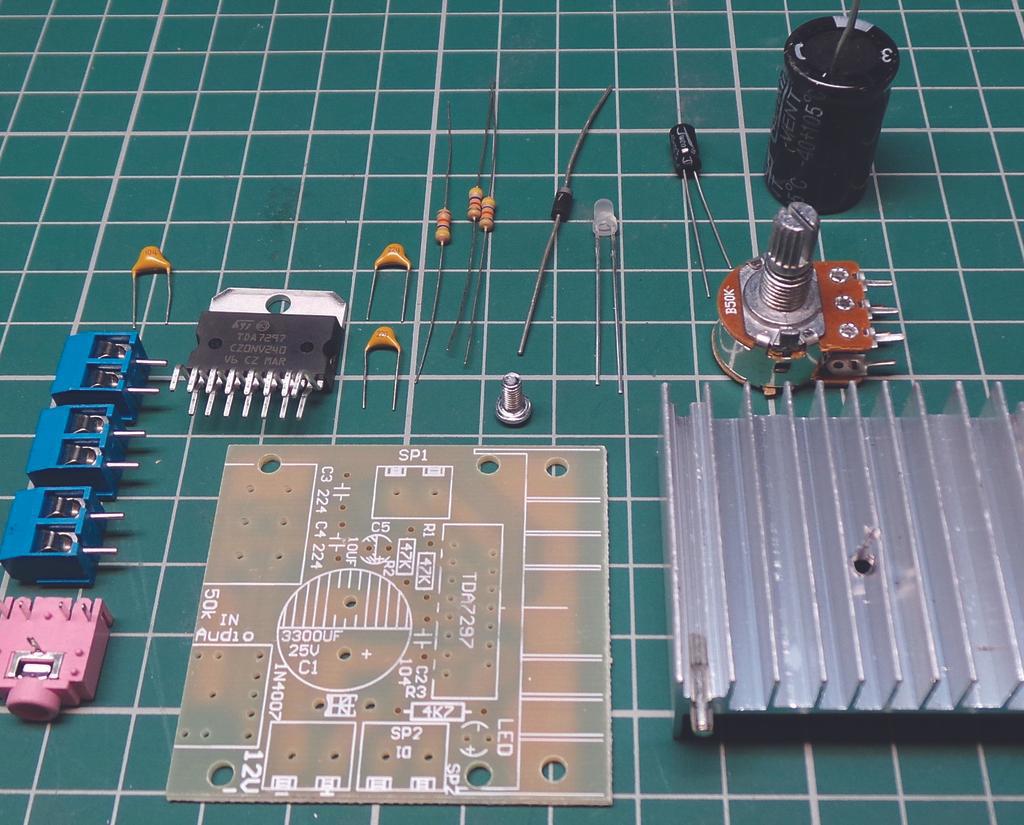
Audiophiles have been building their own amplifiers for years. Indeed in the very early days of audio, the only way to get a low distortion, high-fidelity amplifier at a decent price was to build one yourself. Sure, you could buy a ready-made amplifier from the likes of Leak, McIntosh or Audio Research, but they were expensive — even back then. So many audiophiles built their own valve amplifiers, mainly using circuits supplied by the valve manufacturers themselves. Truth be told, many of the valve amplifiers you can buy today are still built using these self-same circuits. Nothing has changed in the past 100 years except that the quality and performance of the components — resistors, capacitors, diodes, transistors and so on — has improved. Not only has their quality improved; their cost has also dropped dramatically. Unhappily, the same can’t be said for valves, especially power valves. Once selling for around a dime a dozen, the cheapest KT-88 valve will now cost you around $60. And for a set of four matched Genalex Gold Lions, I’m afrid you’ll be paying around $350.
One of the most famous valve makers back in the day was Mullard. In 1954 it developed a brand-new valve design, the 9-pin EL84, so in order to ensure its popularity, it developed a mono amp that used two EL84s in push-pull configuration. In fact, the design featured five valves: an EZ80 for rectification, an EF86 for preamplification, an ECC83 for phase-splitting, and two EL84s in push-pull configuration for output. It had a rated output of 10 watts. Because of the number of valves and the output power, the amplifier was called the Mullard 5-10. It used the excellent Partridge output transformer and was highly regarded for its excellent sound quality.
The Mullard 5-10 was highly popular because it was quite simple to build. There was a higher-powered, lower-distortion amplifier design available called the Williamson, which was named after its designer, Reg Williamson, despite the fact he’d actually based it on an earlier design by Walter Cocking... but I guess the Cocking amplifier doesn’t have quite the same ring to it! The Williamson was a complicated four-stage, push-pull, Class A triode output design that required expensive components (particularly the output transformer), was difficult to build, and was prone to instability as a result of having the four valve stages and the output transformer in a negative feedback loop. Nevertheless, many were built by hobbyists, and many more by manufacturers who had simply appropriated the circuit (which was published in full magazine) for their own use (and usually without attribution).


